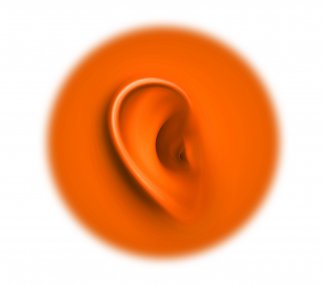LISTENING TO COLOURS

Considering the colour of a product, the colour of our packaging, the shapes that accompany it, the effect we want to cause beyond the classifications we are used to...

When Alfred Hitchcock decided to shoot Psychosis in black and white, he asked his composer Bernard Hermann how black and white could be transferred into music in order to emphasize the suspense and psychological terror. Hermann solver the challenge composing one of the best soundtracks of the cinema history. Music in black and white. The soundtrack of Psychosis was only composed with violins, violas, cellos and double basses, managing the shades, the basses and trebles in a magisterial manner, in the same way the filmmaker managed the chiaroscuro in photographs, building iconic scenes which we still can clearly remember.
The relation between music and colour has been operational since the time when abstract art starts to develop; far from the typical idea of trying to guess what a trace or a spot on a canvas represents, and once it is free from all forms, we have to “listen” to the colour and the relations that are produced in our mind are similar when we see a vibrant red or when we listen to certain musical notes.
We have all heard from synaesthesia, that capacity of associating objects or feelings to a particular colour. Chromatherapy is also very fashionable, which gives colours curing powers because of the emotional influences they have on people.
And in advertising? In advertising and marketing the colour coding has been so aggressive that, whatever they say that green is a sedative colour, which fortifies vision, and balances emotions, if we put a group of men between 20 and 40 years old in a room with green light, there are many probabilities that their perception of that “chromatherapy” will be the wish of having a beer.
We are used to and programmed to use colour to catalog and categorize products: male or female, children or adults, luxury or affordable, ecological, low-fat…, and a long etc.
We also have the typical emotional classifications of colours: “red transmits sensuality and energy. Ideal for sports, politics, mechanics, property world, but also for erotic products, textiles and fashion, etc.”
This has largely contributed to the globalization of tastes, brands and products that are becoming increasingly likely to each other. Before, we travelled and everything seemed curious, today, on the contrary, everything seems familiar to us.
It is said that the consumer’s buying decision is only taken in some seconds in the sales point, and in that fight for standing out, maybe we are reaching our “saturation point”. Peter Brabec, former Managing Director of Nestlé, said that “in technocratic and colourless times, brands offered more familiarity, warmth and confidence”, there were also less brands and information, but it is true that nowadays the excessive “clothing”, “speech” and competitiveness of certain brands only serve to cast doubt on the consumers.
Watching the Fashion Weeks in Paris, Milan, New York… via streaming, via online fashion chronicles, via Instagram or blogs is available to everyone, with their spring/ summer 2015 collections , almost before the autumn/ winter 2014 collection is in the shops.
This, among other factors, makes the design and the trend consumption to be faster, less enjoyable, less apprehended.
We need to restart and reflect on those messages we send to our consumers trough design and the use of colour, on all the things that make up a brand.
“Appropriating” of a colour like other brands such as Heineken, Tiffany or Coca Cola have done is not a matter of destination, it is work, it is an approach, it is persistence and it is investment.
Colours are very old and very wise, they know how to renew each day and give us infinite possibilities, let us listen to them.
